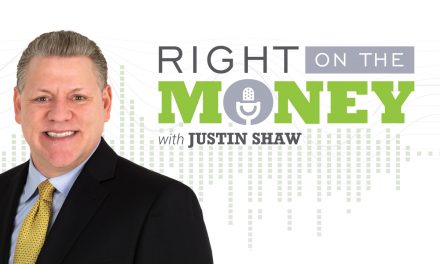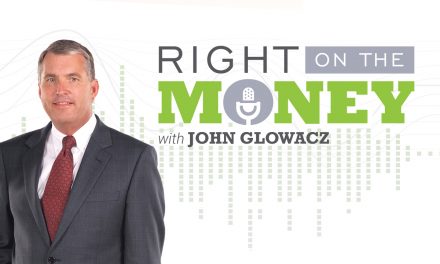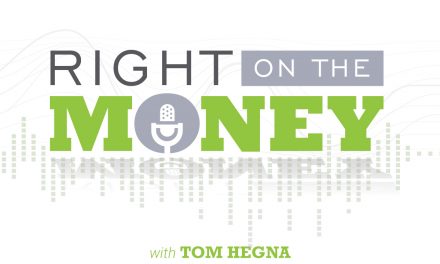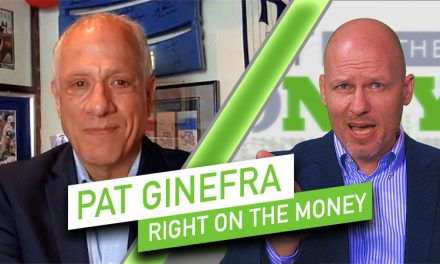Fee-Based Versus Commission-Based Advisors, Which Is Best?
It is impossible to be in the advisory business, be altruistic and be profitable? Is there such an inherent conflict of interest between advisor and investor that the compensation models that exist today need to be scraped?
The Department of Labor may have a say in all of this sooner rather than later.
Here are some highlighted excerpts from the interview with chartered financial consultant, investment advisor representative and author Mark Roberts:
Steve: Why am I paying a fee if all I’m doing is buying and holding? Is that a legitimate gripe from consumers?
Mark: I think it is, but the average consumer has been programmed so much with buy and hold, buy and hold, as the right way to go, that even the average financial advisor is doing that. At the end of the day, buying and holding is smart for short periods of time. We don’t want to be day traders. We don’t want to get clients in and out on a daily basis, but we do want to be watching it daily. We do need to make our adjustments when needed. We want to be able go into a platform and say, “XYZ is not performing and we need to replace it with ABC.” If we do that, we hit a couple of buttons and take care of it for everybody.
We create our own active money management models from very low risk, to an all-bond portfolio, to a high risk that’s all stock model and then five in the middle is a diversified portfolio. It’s one thing to sell it, it’s another thing to manage it, and when clients are doing our various models, we can watch every investment in everyone’s models every day. If something goes good, something goes bad, and we need to buy or sell, we know every client it’s going to affect. We can treat all clients equally and quickly.
Steve: If you use the baseline of buying the whole model against your active management, the differences would be stark.
Mark: It is, but for compliance purposes, a lot of time that’s how we actually have to illustrate things. We have to show performance-wise and so does everybody else, here’s our performance history and performances. Here’s what we looked like over the last 1 year, 3 years and 5 years. That assumes the investments you have today were kept 1 year, 3 years and 5 years. Our clients don’t have the same investments today they had 1 year, 3 years and 5 years ago. They’ve been tweaked and adjusted over time.
Steve: Now, let’s talk about the differences in fees because there are structures that really accentuate a client’s portfolio and you’ve been able to figure this out. Talk about that.
Mark: I’ll break it down to two primary ways financial advisors get paid. Number one is what’s called commissions, so every time I buy or sell, I do something to your account I’m doing a transaction, you’re going to pay a commission and we receive the commission. My compensation is based on me doing transactions. If your account goes up it doesn’t matter to me. If your account goes down it doesn’t matter to me. I get paid based on buying and selling. The second way is what is referred to as advisory fees. It’s usually a percentage. I would say a typical financial advisor probably ranges anywhere from 1 to 1.5 percent, and it’s based on the account portfolio value. If the account goes up, the fee goes up. If the account goes down, the fee goes down. The financial advisor has incentive to grow the account and has incentive to protect the account. Buying and selling, there is no added costs or commissions when you do the advisory fee method. Plus, advisory fees are also tax deductible where transactional fees are not.
Watch the interview with chartered financial consultant, investment advisor representative and author Mark Roberts.
Syndicated financial columnist Steve Savant interviews author, popular platform speaker and investment adviser representative Mark Roberts. Right on the Money Show is an hour long financial talk distributed to 280 media outlets, social media networks and financial industry portals.





